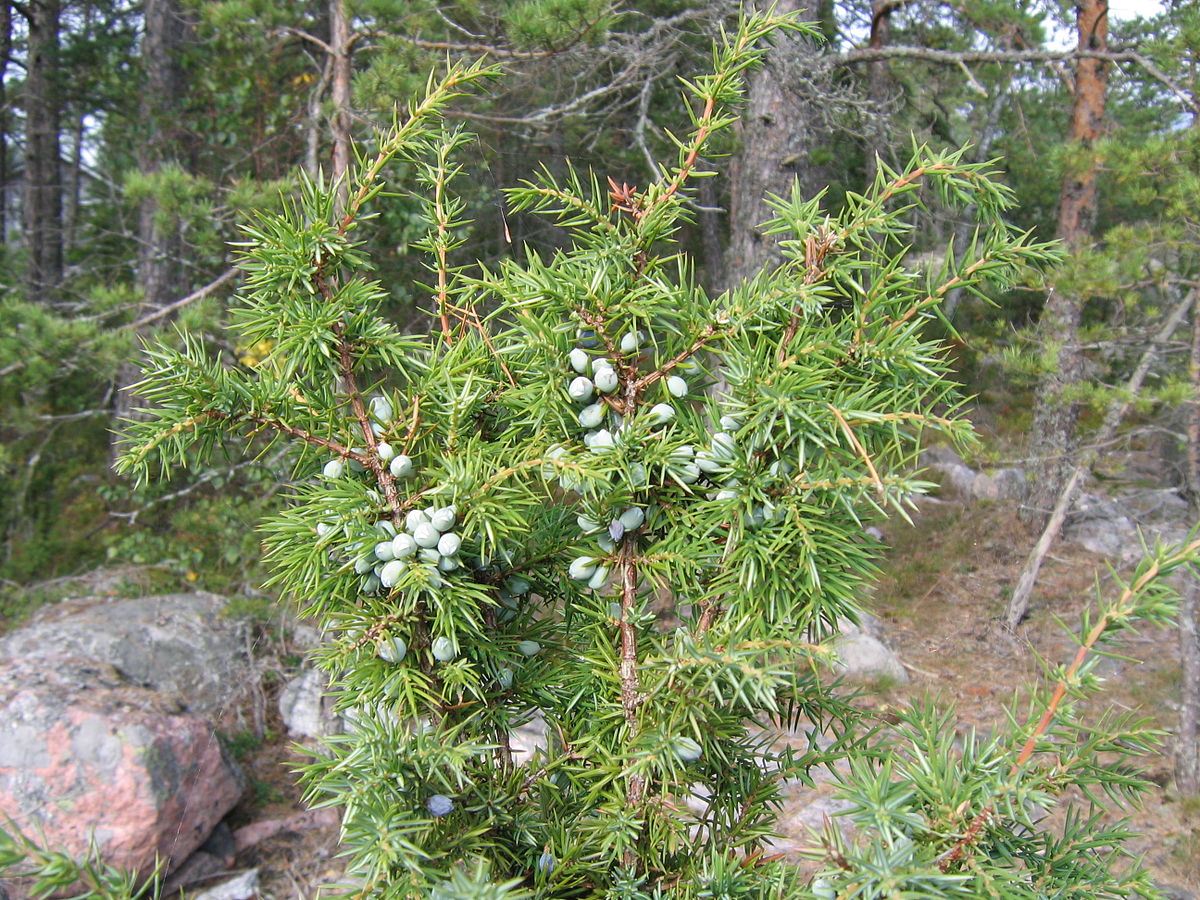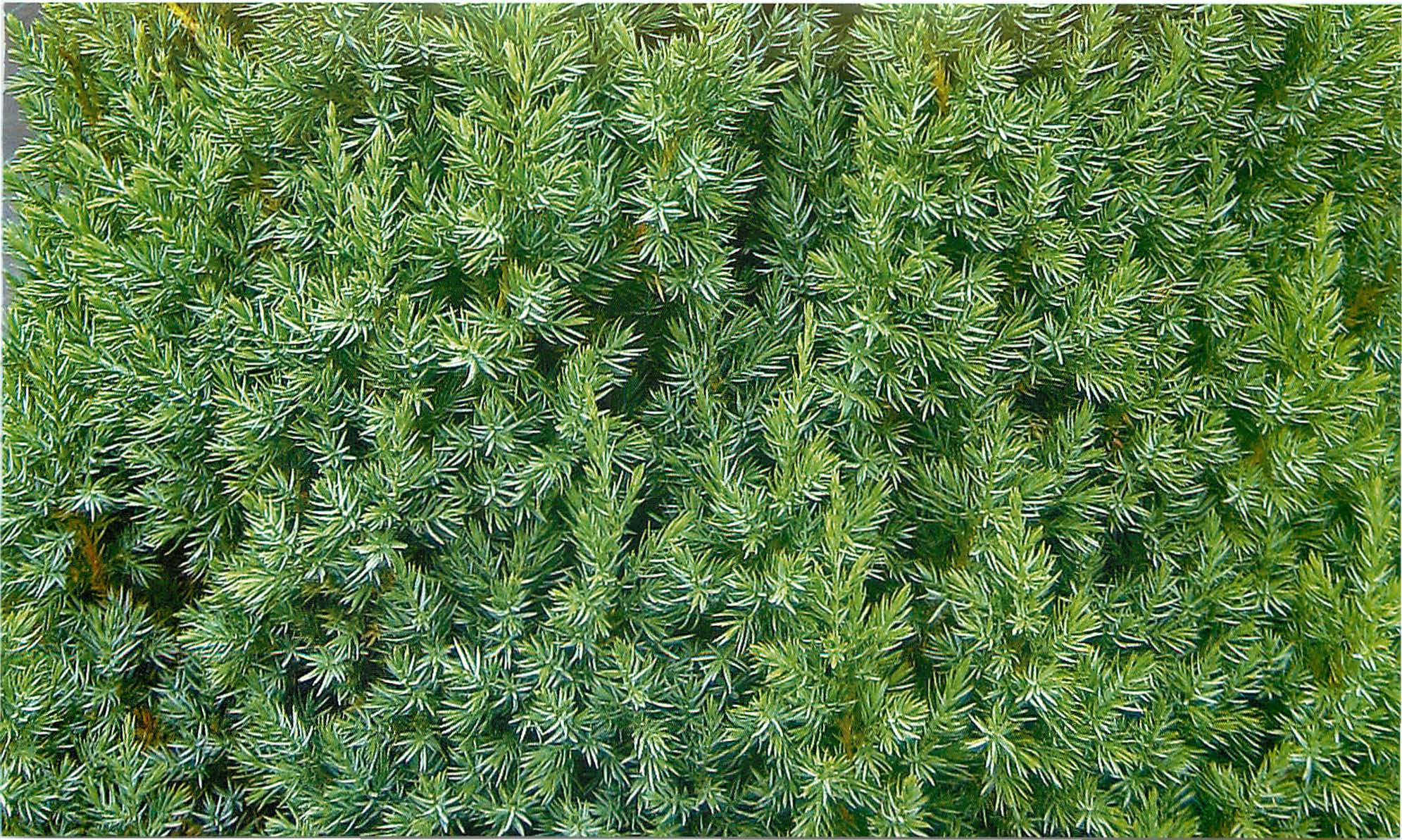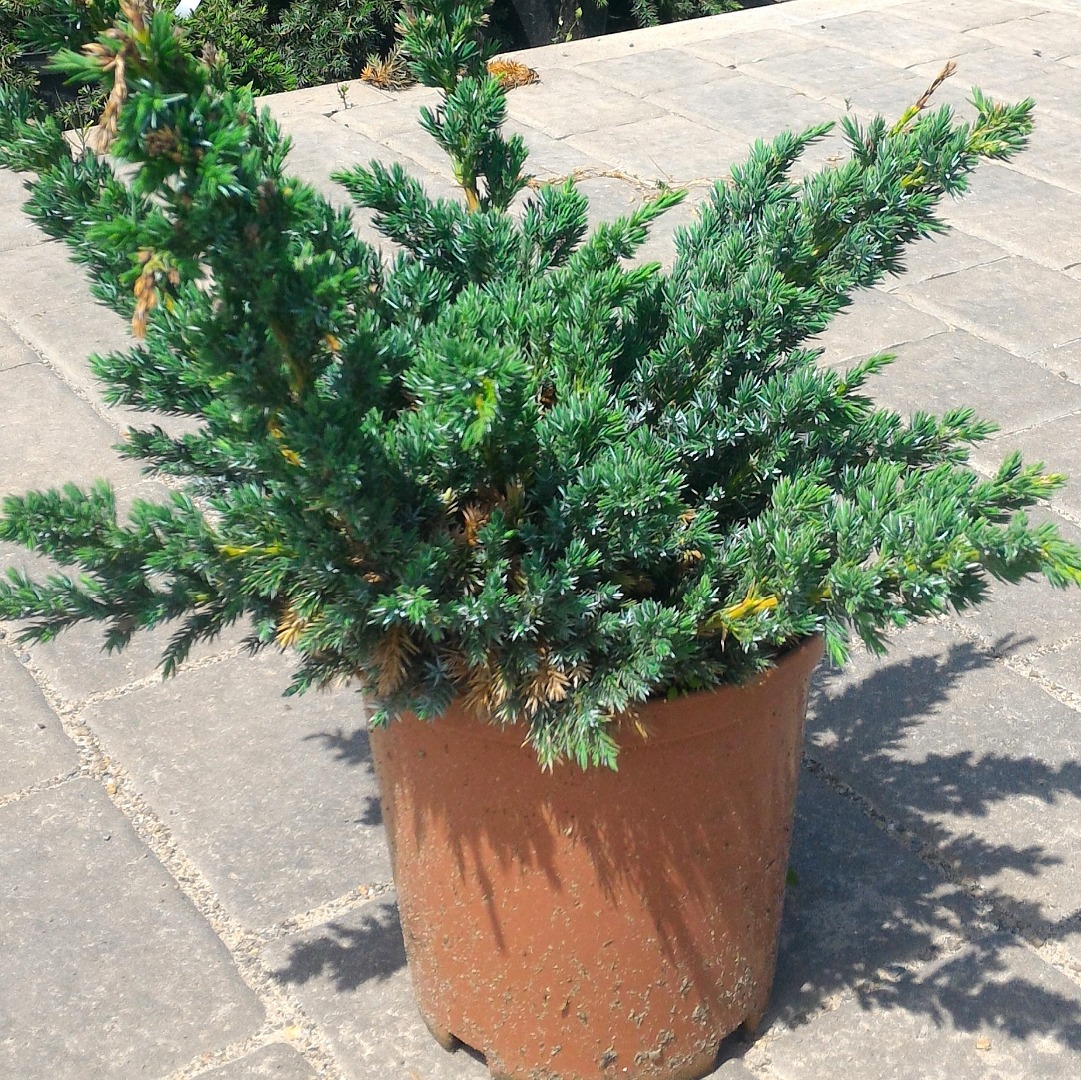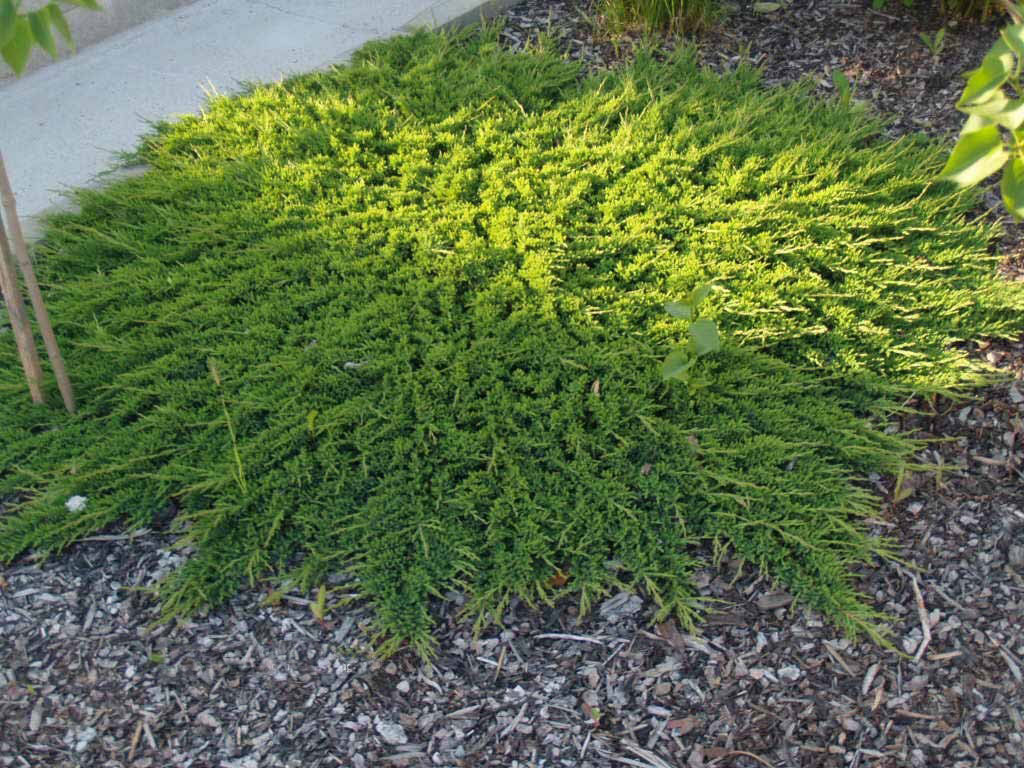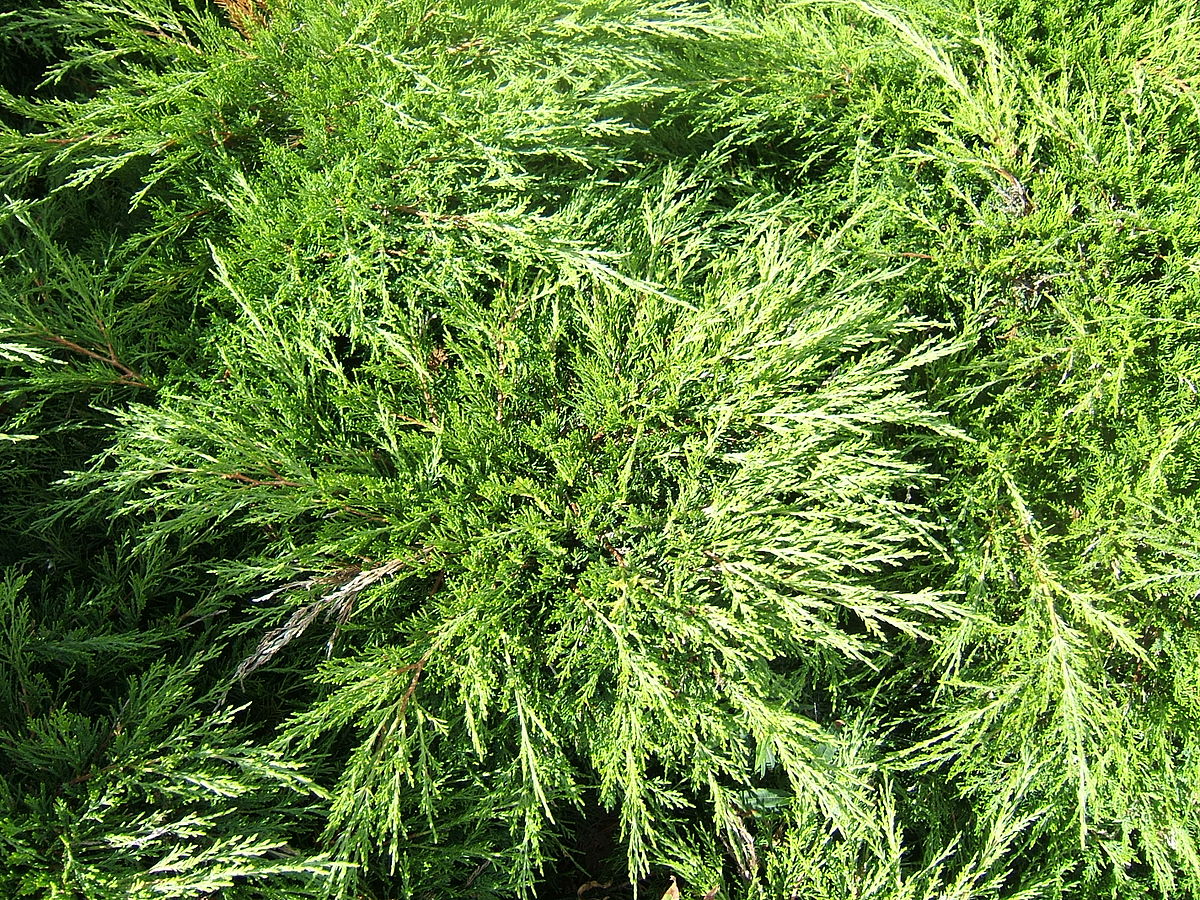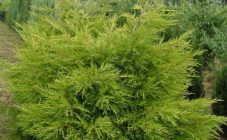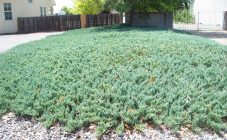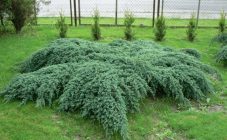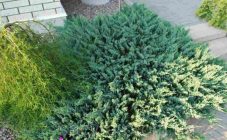Content:
When landscaping areas and for their decoration, evergreens are often used. They are attractive for their brightness, which is preserved at any time of the year, and for their beauty. One of these plants is the juniper, which is a coniferous tree. This is a very peculiar culture with many unique properties. The most valuable feature is considered resistance to the influence of adverse conditions.
Juniper is unpretentious, which allows you not to spend a lot of effort on caring for it. And since there are so many varieties of juniper, everyone will be able to choose a plant to their liking.
Juniper varieties
The types of junipers are very diverse. In nature, there are about a hundred species. Some of them were bred by scientists, others appeared in the course of natural crossing. Not all of them can be grown on a personal plot, but there are many varieties of juniper that are widely used in landscape design.
You should consider the main varieties and provide a description of each of them in order to understand which type of plant is suitable in a particular case.
Ordinary
The name of this variety indicates that such a plant is most common. This is an unpretentious species that is very resistant to negative weather conditions. Cold or frost does not harm him, and the lack of water or light does not affect the appearance.
Popular representatives of this species are:
- Gold Cone. The height of this tree can reach 4 m. Its crown is dense and has the shape of a cone. The color of the needles changes depending on the season: in summer it is golden, and in winter it is bronze. It is worth choosing sunny places for him, although this plant also feels good in the shade. The first years he needs additional care.
- Hibernika. It is a frost-hardy species that grows best in sunny locations. It reaches a height of 3.5 m. It has soft green needles. The crown is columnar and narrow.
- Green Carpet. This juniper is small in height. An adult plant does not exceed 0.5 m. Its peculiarity is a wide crown, which reaches one and a half meters. It is dense with a bright green shade of needles.
- Suecica. This is a tall tree, which can reach 4 m. It grows slowly, does not die in severe frosts, and prefers sunny areas. Its shoots are vertical, which fold into a columnar crown. The color of the needles is greenish-blue.
- Horstmann. This variety is also called weeping. The tips of its branchy branches hang down, making it look like a willow. The branches are covered with green needles. This upright juniper reaches 3 m in height.
Rocky
This species is otherwise called mountain juniper. The breed is distinguished by increased endurance, easily tolerates drought and frost. It is often used to decorate alpine slides and rocky gardens.
For decoration, such varieties are usually used as:
- Skayroket. It belongs to giant junipers, since it can reach a height of 8 m. It has a dense crown shaped like a column. The needles of this tree are soft, green. It is not difficult to care for this plant, but excessive moisture should not be allowed, and in winter you need to tie up its branches.
- Blue Arrow. Trees of this species are also tall - up to 5 m. Its branches grow vertically and very densely.The crown looks like a column. The color of the needles is blue. They are small and soft. The plant is resistant to cold, grows well in sunny areas and in loose soil.
Virginia
The varieties belonging to this species are some of the easiest to care for. Any soil and almost any weather are suitable for them.
For decorative purposes are used:
- Gray Owl. This shrub plant is relatively small in size. Its height is less than one and a half meters. His crown is formed wide and dense. If necessary, you can change it by cropping. The needles have a gray and silvery green tint. The variety reacts negatively to excessive soil moisture. Loves lit areas.
- Burkii. This is a juniper with a pyramidal crown. A mature tree can reach a height of 3 m. The branches are covered with greenish needles, which are pleasant to the touch.
- Glauca. This variety is one of the most famous. It stands out for its peculiar shade of needles - silvery green. The crown has a conical shape. In winter, the needles take on a bronze tint. The plant is unpretentious, the only condition for its growth is a sufficient amount of sunlight.
- Canaertii. It is a fast growing dark green tree. It has soft needles, from which a columnar crown is formed. By the fall, this plant variety is covered with blue fruits.
Cossack
This type of juniper also has resistance to adverse influences. But its shoots contain a toxic substance, so you need to be careful with this plant.
The Cossack varieties include the following varieties:
- Variegata. The variety is represented by small juniper bushes that grow slowly. Its shoots are covered with scaly needles, the colors of which combine green and cream shades, which makes the plant look variegated. As well as other varieties, this variety is distinguished by its resistance to cold.
- Blue Danube. This juniper is blue, like all species with the word Blue in the name. It refers to small plants with dense branches that descend to the ground. For several months of the year, its needles are green. In autumn, its shade changes to a silvery blue.
- Arcadia. This is a dwarf juniper, which reaches a height of 0.5 m. But this species is actively growing in width. It can be 2.5 m. The branches of the plant spread along the ground, taking on the appearance of a carpet. This feature is often used for decorative purposes.
Chinese
The varieties belonging to this species are characterized by slow growth. They are useful for making bonsai.
Among them are:
- Blaauw. The bushes of this variety are asymmetric. Their color is bright green with a slight blue tint. The growth of such a juniper is slow, and its size reaches 1.5 m.
- Kuriwao Gold. This is a decorative juniper, which is notable for its asymmetrical shape and multi-colored needles. The combination of light and dark areas on the shrub makes it unusual and attractive. So that the needles do not lose their color brightness, it should be planted in sunny areas of the garden.
Middle
This variety is a cross between Cossack and common. It is characterized by resistance to unfavorable climates. He also does not react to mistakes in leaving.
The middle juniper is represented by numerous varieties, the most famous of which are:
- Old Gold. This variety is often used to decorate the garden, as it is distinguished by its originality and beauty. The size of the shrub is quite compact. An adult plant can be about one and a half meters tall. Its width is somewhat larger - 2 m. The needles of this bush are soft, with a pleasant golden tint.
- Gold Star. This is another type of compact. The shrub has a spreading crown, the width of which can be 2 m, and in height it reaches no more than a meter. His needles are yellow, in the light they can be golden.
- Mint Julep. The plant has the shape of a small bush with a spreading crown, which is formed from arched branches.They are covered with scaly needles with a bright green color. The attractiveness of its appearance is given by berries, which look favorably against the background of branches.
Scaly
This type of plant is widespread in the Himalayas and China. He is able to cope with drought and severe frosts, undemanding to the soil.
For decorative purposes, the following varieties are used:
- Blue Carpet. It is a shrub plant with silvery-blue needles. He has a spreading crown, which can be given any shape, including round. Juniper of this type grows rapidly, preferring areas illuminated by the sun.
- Holger. This variety looks like a wide bush, which is often given a spherical shape. It is short and sprawling. The color of his needles changes depending on the season of the year. The old needles are green, and the young shoots are golden in color, which makes the bush very effective.
Horizontal
This variety is classified as a ground cover type, since these shrubs grow mainly in width.
The main varieties of horizontal junipers:
- Blue Star. Bushes of this type are undersized. Their branches are covered with blue needles, which take on a steel sheen in the light. The plant is resistant not only to weather conditions, but also to harmful technogenic effects.
- Golden flame. This undersized juniper is distinguished by its decorative effect due to the combination of two shades of needles: green - on adult needles, and yellow - on young branches. The plant is characterized by unpretentiousness to conditions, but additional care is required for its branches - dead needles must be removed manually.
In addition to those listed, there are many other varieties and varieties of juniper. Therefore, it is not difficult to find a species suitable for garden plots.
Care features
Juniper, whose species is very diverse, is characterized by unpretentiousness and endurance. Therefore, it is not difficult to care for this plant. The basic rules apply to almost all varieties of crops.
It is advisable to plant junipers in mid-spring or early autumn. Planting seedlings with a closed root ball can be carried out during the whole warm season.
When choosing a place, you need to focus on the following plant preferences:
- Enough light. Most varieties tolerate shady places well, but juniper is a photophilous crop, it should be planted in the south of the garden.
- Average soil moisture. For these trees and shrubs, a lack of moisture is more suitable than an excess of it.
- Draft proof. The crop copes with the effects of cold, but some varieties need additional protection.
- Space to grow. This plant does not like tightness, so it is necessary to provide it with enough space, taking into account the possible size of an adult tree.
The culture grows well on any soil. But if there is a choice, then fertile soils should be preferred for large varieties, and dwarf junipers are best planted in soil that is not rich in nutrients.
Watering this plant is needed only during periods of drought. He also does not need fertilization. Some varieties may react negatively to feeding.
Only in the first year after planting is it worth blocking the seedlings with spruce branches or non-woven material. At the beginning of spring, it is advisable to block the plants from the bright sun. Branches in vertical species need to be tied up so that they do not break under the weight of the snow.
Advantages and disadvantages
Juniper is widely used for landscaping areas. This is due to the advantages available to him.
The main ones are:
- Endurance.The plant tolerates harsh climatic conditions well (one of the most frost-resistant varieties is the Far Eastern juniper), it is not harmed by exhaust gases and other technogenic influences.
- Easy to care for. The culture does not require special care. It is necessary to protect and protect plants from adverse effects only in the first year of its life.
- Attractive appearance. These shrubs and trees are distinctive in appearance and brighten up the area throughout the year.
Another advantage of junipers is that their appearance can be changed. Very often juniper shrubs are spherical in shape, which is achieved through pruning.
The disadvantages of this plant include the content of toxic substances in some varieties, because of which the juniper can be dangerous. Another disadvantage is the large size of many varieties, which is why they cannot be used in small areas.
In landscape design
The use of juniper bushes and trees in the design of personal plots is a very common practice. This culture can exist in a wide variety of conditions and is combined with very many other plants.
But the most natural juniper looks in gardens and parks, decorated in English, Japanese and French styles. They are characterized by naturalness and the presence of large spaces between plants, as well as the choice of geometrically correct designs. Junipers complement this picture perfectly.
Bushes can act as hedges, they also hide surface irregularities well - especially ground cover and spherical juniper. With their help, alpine slides are decorated and spaces near water bodies are decorated.
